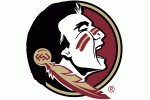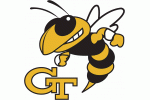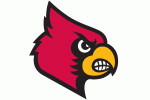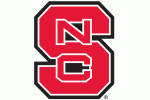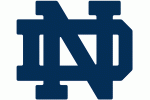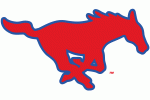A deeper look into UNC red zone possessions shows that Elijah Hood should have received more carries. If he had, UNC would be preparing for Clemson
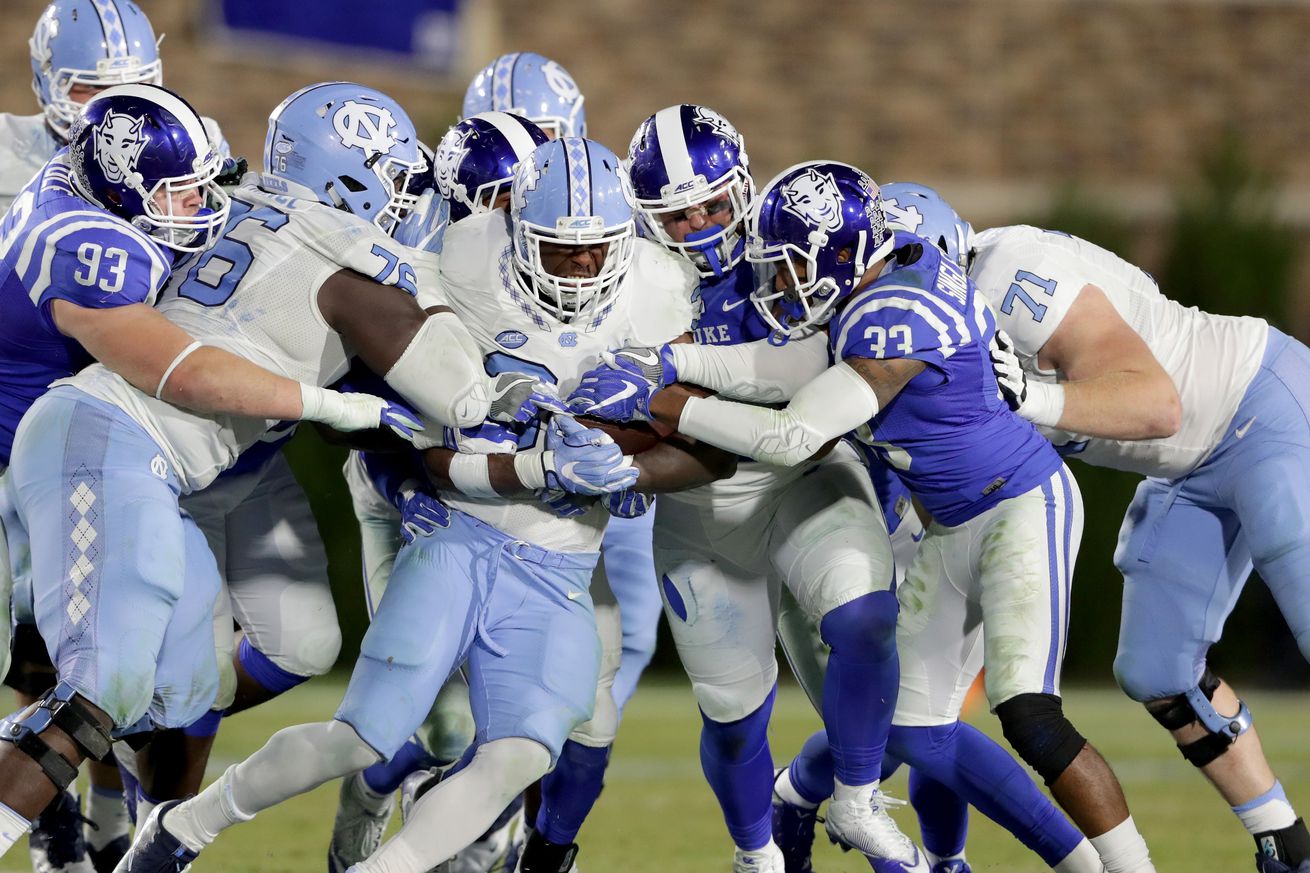
The regular season for most of the NCAA football teams are now over. (My apologies to Army and Navy, respectively). Let me begin by stating my sincere thanks to the Tar Heel senior class who made the past two seasons so memorable. They accepted the challenge of rebuilding the UNC football program when many would have transferred, or never committed in the first place. They paid the price for the actions of individuals who came before them, and never once did they publically utter any excuses for any shortcomings they endured.
This senior class is leaving UNC a better place than when they arrived, perhaps more than any class before them. Akil touched on their contributions earlier today. Because of their willingness to endure, grow, and challenge themselves and their teammates, UNC football is on the precipice of being an annual contender in the ACC Coastal, and therefore a contender in the ACC as a whole. Sadly, those facts make this season even more painful and frustrating than one had hoped.
This season was supposed to be different. Returning almost every key piece of a record setting UNC team from last season, there were legitimate reasons to be optimistic. For the first time in 20 years the Heels were on the cusp of breaking into the national conversation. The new CFB Playoff has opened new paths and possibilities to the national stage. Last season’s heartbreaking loss to Clemson showed players, coaches, and fans that UNC was knocking on the door of the traditional powers. This season was supposed to be different because this team was different.
Instead, UNC fans will be lamenting an entire season of “almost”, and “coulda, shoulda, woulda”. Winnable games slipped through the team’s grasp. The high-powered offense never fully got rolling like previous years. The defense looked as if it would turn a corner, and then….crashed, burned, and imploded. The coaching staff seemed to have difficulty keeping accountability of personnel, downs and distance. If anything, this season was just….odd.
But why? What went so wrong? Most will point to the defense, and some of that criticism is warranted. Others will point to the injuries that decimated the offensive line, and that is a valid argument. While there is plenty of blame to spread around, I decided to look deeper. I may have found one explanation.
Where was Hood?
Certainly at some point this season, you probably asked yourself and your friends, “Where is Elijah Hood?” If you’re like me, you asked that question almost every week. Throughout the season, in the most critical junctures of the season, Hood was conspicuously absent. Some of that was due to injury. A concussion forced him to miss second half of the upset in Tallahassee, and the following week’s game against VT. Yet, that’s only a small portion of the season.
Against Georgia, like against South Carolina last season, he wasn’t featured as prominently as one would expect, despite averaging 7.2 yards per carry on only 10 rushes. The same could be said against Duke, where he averaged 5.6ypc, but only had 13 carries for 75 yards. Surprisingly, the same situation occurred against N.C. State where had rushed 11 times for 56 yards, for an average of 5.1ypc. You may not be shocked to learn that UNC lost all three of those games.
The lack of use for a supposed “feature” back left me confused. Was he just not getting the ball enough? A quick look through the box scores showed that throughout the season Hood only averaged 13.1 carries per game, so “lack of carries” wasn’t a viable excuse in those situations.
Nor could one argue that his yards per carry were a sure indicator that UNC would have won. Against Pitt (2.3ypc), FSU (3.2ypc), and Miami (2.4ypc), Hood clearly was not at his most efficient. Yet, UNC won all three of those games. At this point, I started thinking that maybe Larry Fedora and his staff were not as stubborn as I originally thought. I could not find a noticeable correlation between Hood’s successes and failures and UNC’s win-loss record.
Then I found the smoking gun: Rushing attempts when UNC was in the red zone. There was a clear correlation in the number of red zone possessions when Elijah Hood had a rushing attempt and the rate at which UNC scored either a TD or a FG. Jackpot.
Red Zone Successes with Hood
On the year, UNC earned 51 trips to the red zone. Their red zone scoring rate was 82.35% (the combined rate of TDs and FGs), while their TD conversion rate was 64.7% (only TDs). However, three possessions got pushed outside of the red zone due to penalties or loss of yards. Those three possessions ended in two FGs and one TD. That means only 48 drives actually ended in the red zone via turnover, FG, or a TD.
For the purpose of the following analysis, I only use those 48 possessions. That changes the overall red zone scoring rate to 79% and the TD conversion rate to 66.6%. Not a huge difference, but it is noticeable.
Of those 48 possessions, Elijah Hood had at least one rushing attempt inside the red zone on 18 occaions. Some drives he had multiple carries, but the number of carries he had were not relevant to my overall findings. Of those 18 drives, UNC scored 14 touchdowns and 1 field goal. Mathematically speaking, UNC earned points on 83% of the drives that Hood tallied at least one carry inside the 20 yard line. They scored a TD 77.7% of the time.
The three drives UNC couldn’t convert?
- Against FSU, when Hood was concussed and fumbled on the same play
- Against Miami, when UNC was stuffed on the goal line
- Against Miami, at the end of the game when Hood ran the ball three times in the red zone and UNC took a knee the 5 yard line.
Those are the only three drives that UNC failed to score when Elijah rushed the ball in the red zone. If the clock hadn’t run out against Miami, the numbers would be higher. Using both metrics, UNC was better than their season average when Elijah Hood had at least one carry inside the red zone.
Red Zone “Successes” without Hood
With 18 possessions accounted for, what did UNC achieve on the other 30 drives that ended inside the red zone? Obviously they had reasonable success, but it was not quite as gaudy.
Of those remaining 30 possessions, UNC put points on the board a total of 24 times. That was a success rate of 80%. That’s not bad, but it’s below their season average and even lower than when Hood rushed the ball. The ability to score touchdowns also suffered, as they only scored 18 TDs to go with 6 FGs. That is a TD conversation rate of 60%.
Using both conversion rates, UNC performed worse inside the red zone when Elijah Hood did not carry the ball. Six different times, UNC came away with a goose egg.
If you are confused, try this quick summary:
- 51 RZ possessions: 33 TDs, 9 FGs, Overall RZ scoring rate of 82.35%, TD conversion rate of 64.71%
- 48 RZ possessions that actually ended in the RZ: 32 TDs, 7FGs, Overall RZ scoring rate of 81.25%, TD conversion rate of 66.6%.
- 18 RZ possessions when Hood received at least one carry: 14 TDs, 1 FG, Overall RZ scoring rate rate of 83.3%, TD conversion rate of 77.7%
- 30 RZ possessions when Hood did not receive at least one carry: 18 TD, 6 FGs, Overall RZ scoring rate of 80.0%, TD conversion rate of 60%.
The numbers are pretty convincing that regardless of whatever coaching platitudes the staff gives the media, UNC fans have not been wrong when calling for Elijah Hood to touch the ball in the red zone. UNC scored a touchdown almost 18% more often when Hood touched the ball than when he didn’t.
Even when one accounts for all the other problems with this year’s team - time of possession, penalties, lack of interceptions, untimely injuries, porous defense, sputtering offense - UNC still had every opportunity to conquer all those obstacles. Elijah Hood’s lack of use in the red zone was arguably the difference in 11-1 and 8-4.
If that seems preposterous, keep reading.
Case Studies: UNC vs UGA/VT/Duke/NC State
Think about the following scenarios from the four UNC losses:
- Against Georgia, the Tar Heels reached the red zone twice. Hood did not touch the ball on either possession once the team reached the 20 yard line. One of those drives ended in a touchdown. The other drive ended in a field goal, after UNC threw the ball three times….from the two yard line. I feel very comfortable stating those four points would have been useful later in the game. A 9 point, two possession deficit would have been a 5 point, one possession game
- When Hurricane Matthew and Virginia Tech came to town, Hood was held out with a concussion. UNC still managed two red zone trips. They also only managed 1 field goal.
- Similar fate struck during that tragedy in Durham a few weeks ago. UNC reached the red zone four times. Hood carried the ball on two of those drives. The Heels scored a touchdown twice. The other two times, Hood did not receive a carry and UNC settled for two FGs. UNC lost by one point.
- Finally, there was the debacle in Kenan two days ago. Three possessions ended in the red zone. Only once did Hood get a rushing attempt. UNC scored a TD on that drive. The other two ended with a touchdown pass, and that stupefying, bwilder ing, completely unnecessary wildcat sequence in the 3rd quarter.
To Recap:
- 4 UNC losses.
- 11 total possessions inside the red zone.
- 8 red zone possession that did NOT result in an Elijah Hood carry.
- Those resulted in 2 touchdowns, 4 field goals, and 2 turnover on downs.
- The three RZ possessions Hood did run the ball, UNC scored three touchdowns.
From a pure numbers standpoint, there is a case to be made that UNC was no more than three Elijah Hood carries from finishing the season at 11-1. Nothing could be done about Virginia Tech, but one extra carry against UGA, Duke, and UNC-Raleigh could have been changed the entire season’s trajectory. Quite simply, that’s a failure of the coaching staff.
Credit the Coaching Staff
I realize there are many factors in a loss and every game is different. There are reasons that certain plays and personnel are called at a certain times. Maybe the coaching staff were aware of other forces at play. Perhaps there was an undisclosed injury, or a match-up the staff wanted to exploit. Mitch may have made the wrong read at the line. Those would often be understandable rationales over the course of one or two games.
Over the course of a season, those reasons become excuses. Those excuses provide protection against personal accountability. There is not a valid argument for ignoring patterns and trends in which you have the power to change. Whether it was blatant decision making, lack of communication or just indefensible panicking, the coaches consistently did not put this team in position to win. That’s maddeningly disappointing.
Many of us appreciate Larry Fedora’s stubbornness. I firmly believe he is the coach UNC needs, and I trust his overall process and vision. UNC football is, and will continue to be, in a better place with him at the helm. The man just led UNC to 19 games in two years, with the chance to win one more. Perspective is paramount in these situations. However, none of that absolves him or his staff from their coaching miscues.
There is a fine line between being stubborn and being arrogant. To be risky doesn’t have to be reckless. To be innovative doesn’t mean to be ignorant. To be a strong leader does not mean to be flawless. To be humble does not mean to be weak.
After last season against South Carolina, all UNC fans had hoped the coaching staff would learn from their mistake. There was faith that Larry Fedora would never again have to ask his assistants why Elijah Hood was not in the game at a critical moment. We had optimism that UNC would start molding to the talents they had, instead of chugging away with a preconceived “system”. There was hope that Fedora would continue to evolve and grow, much like he has asked of this year’s senior class to do throughout their time in Chapel Hill.
Apparently, that did not happen.
Maybe 2017 will be different.






